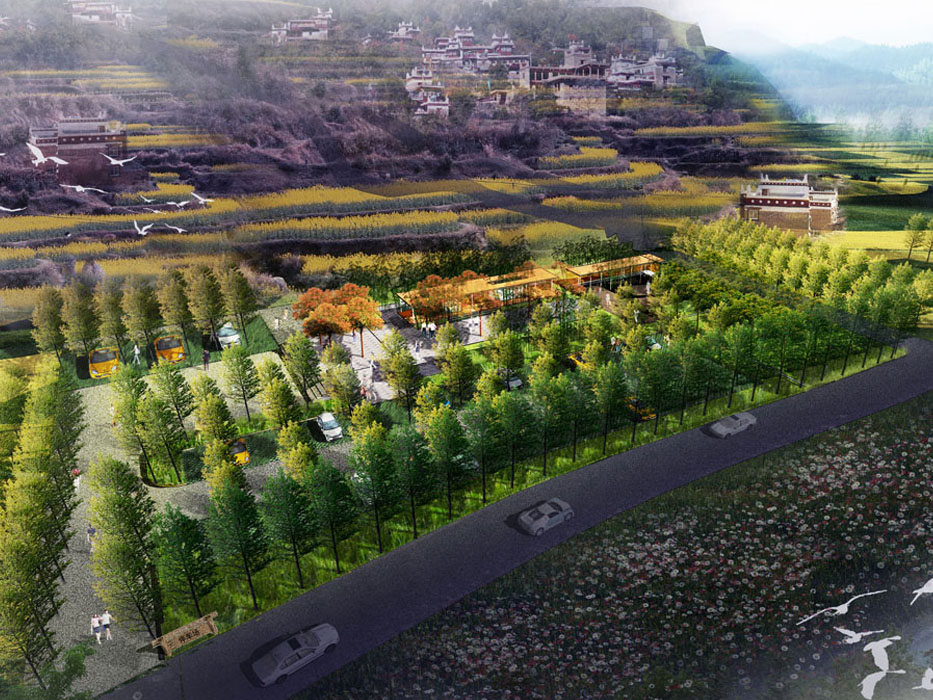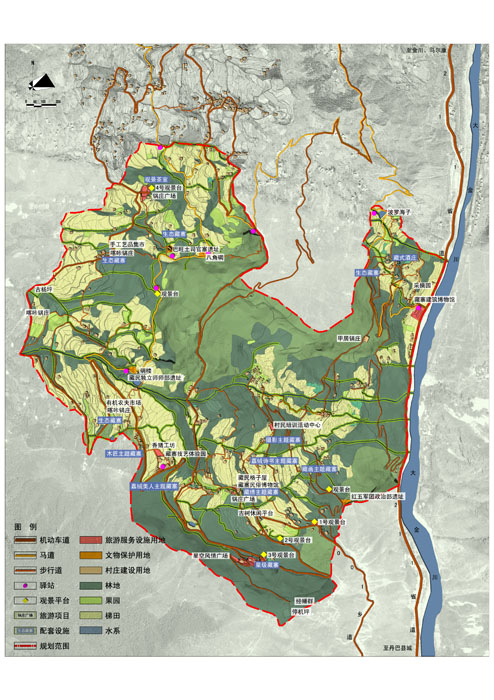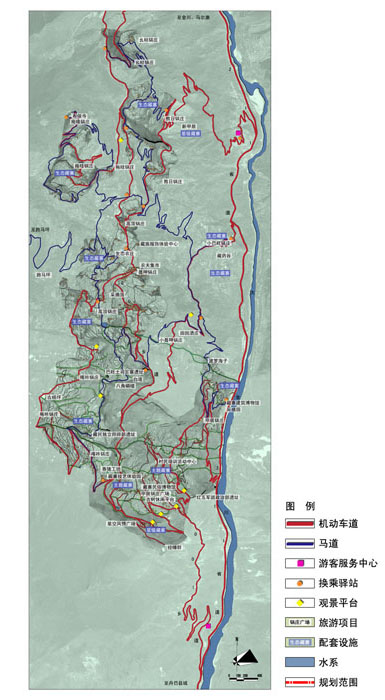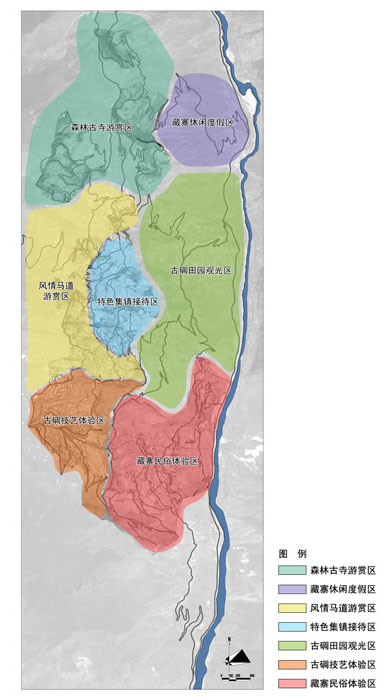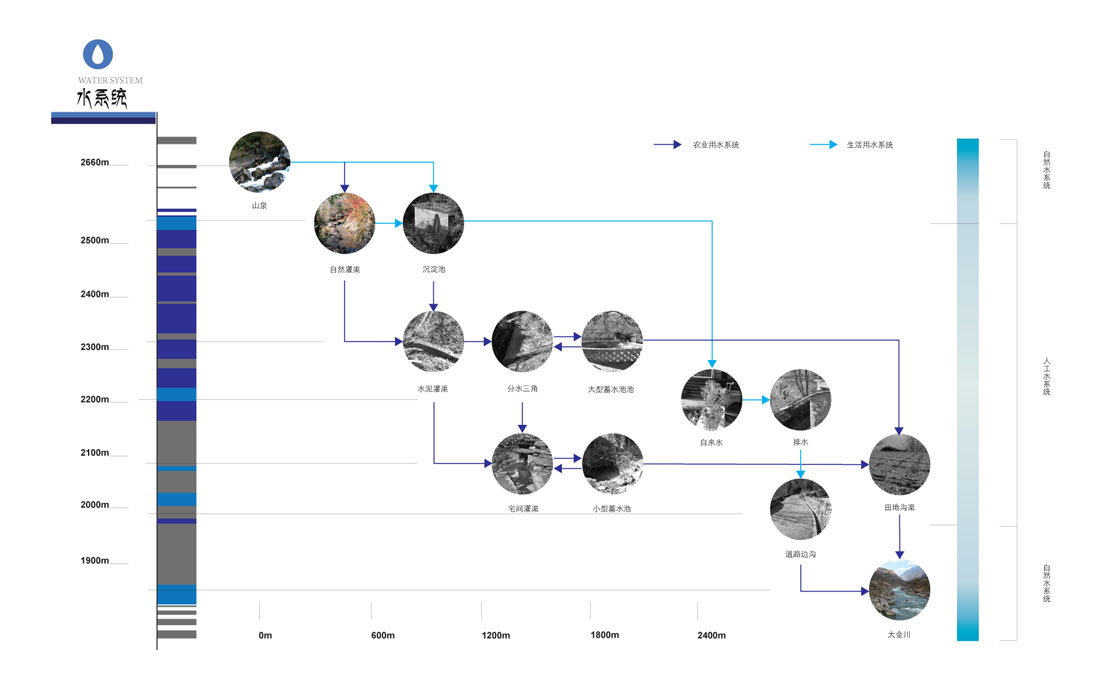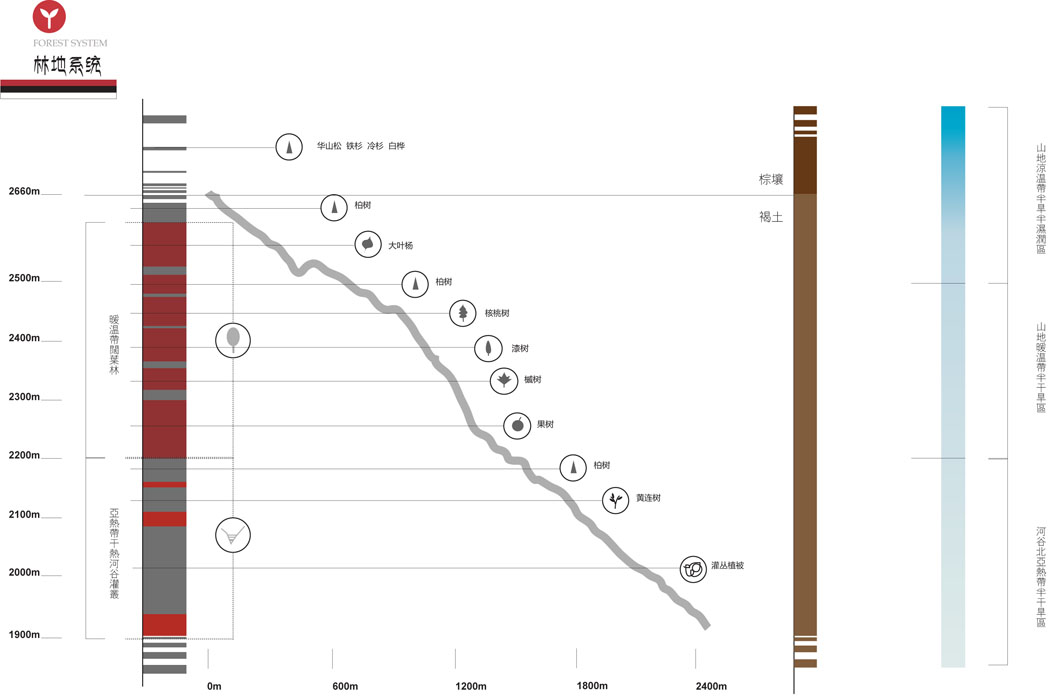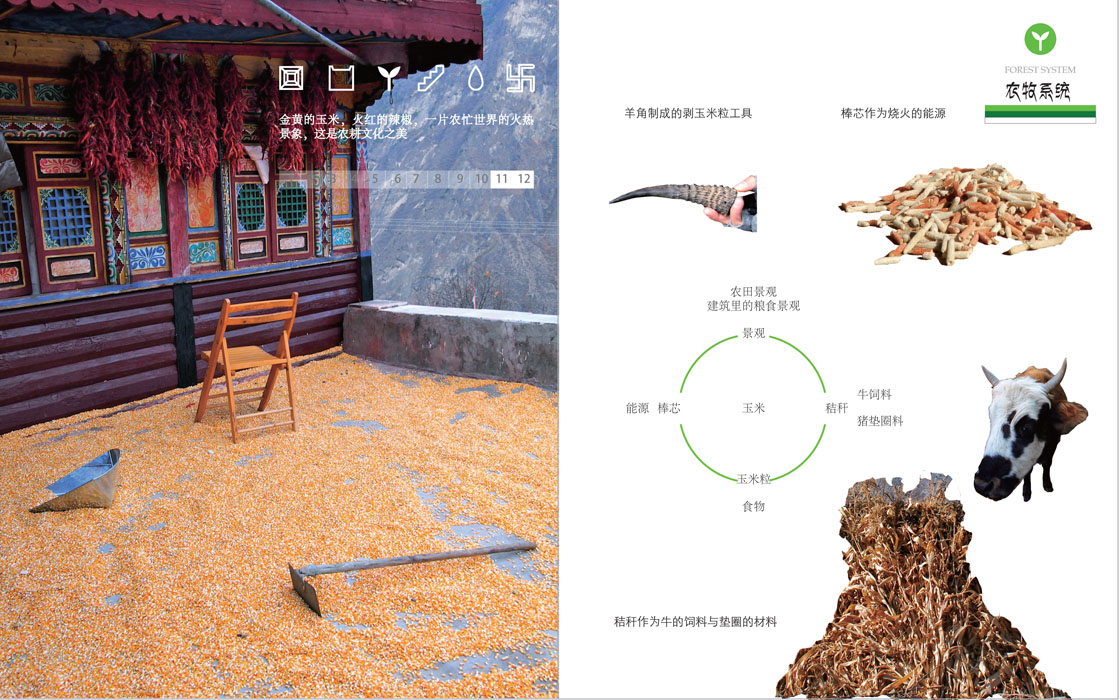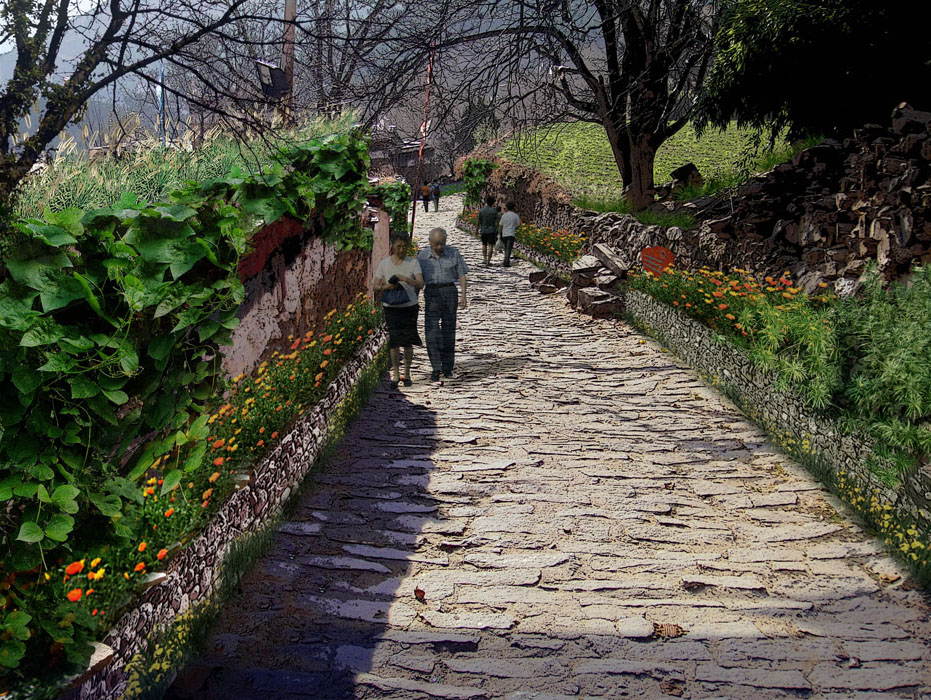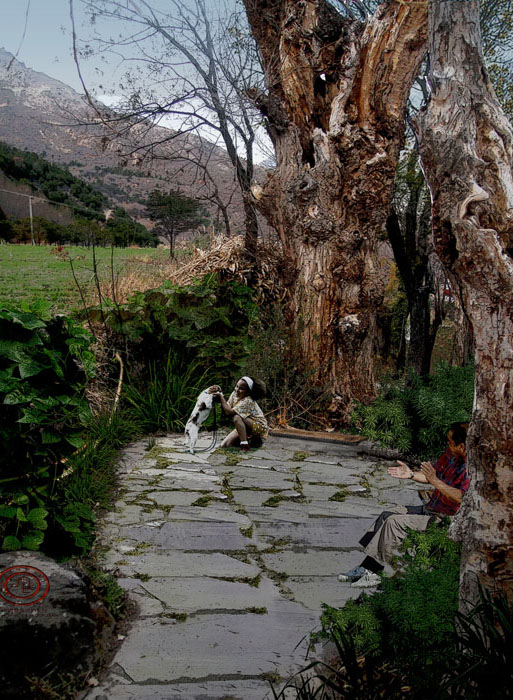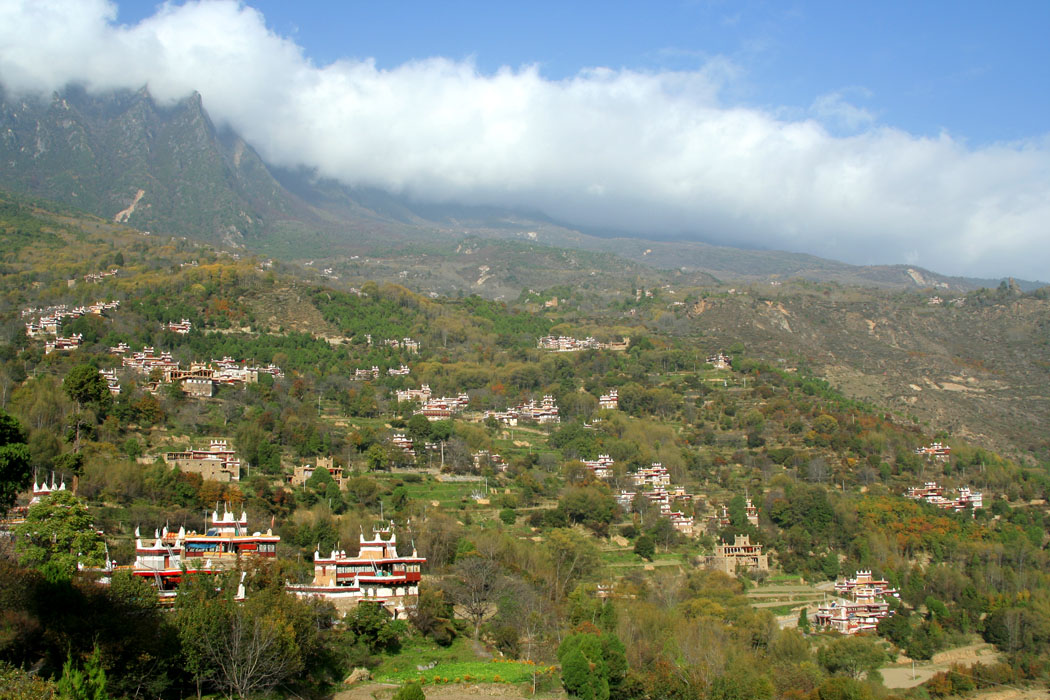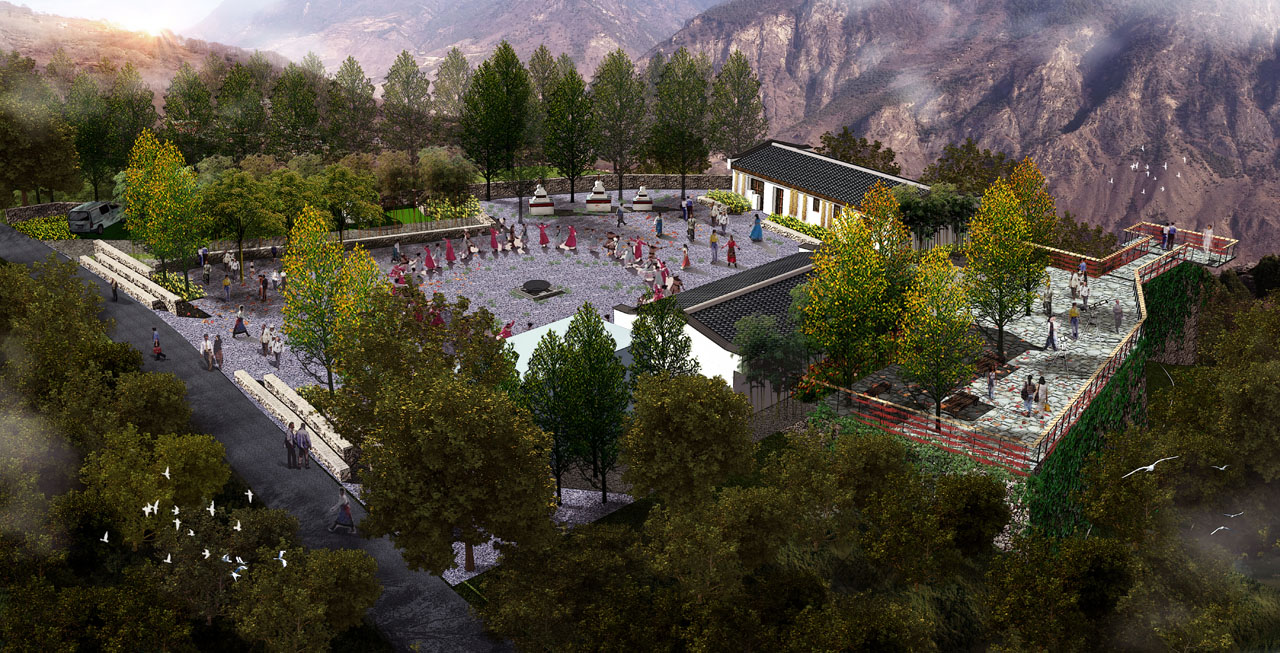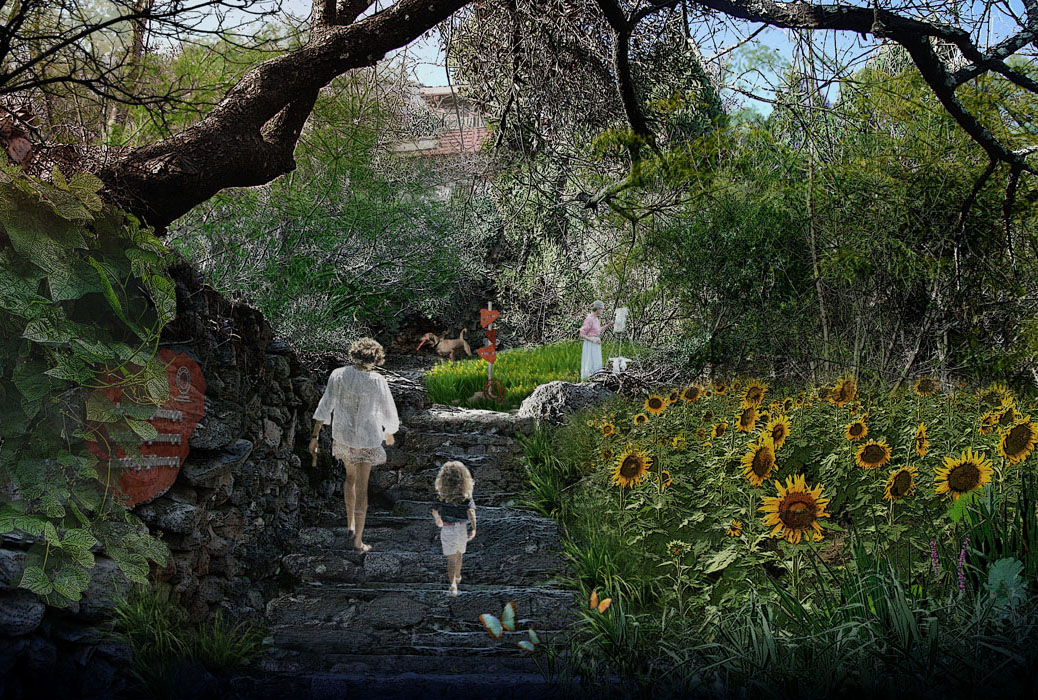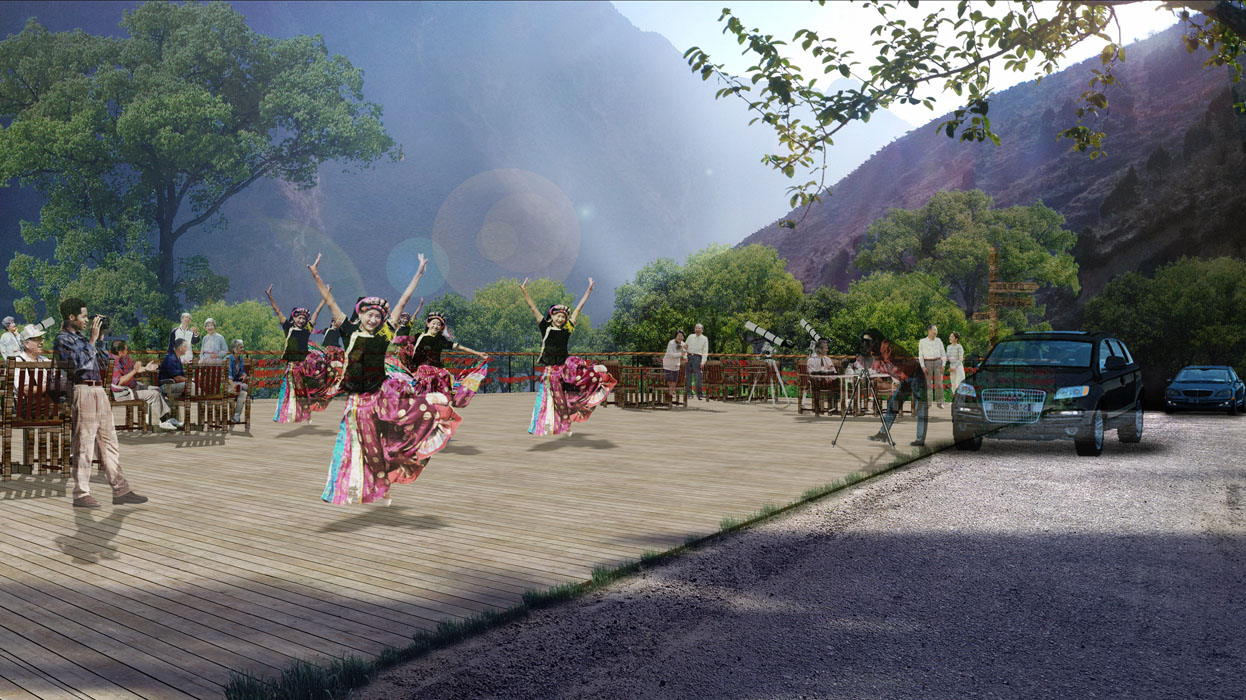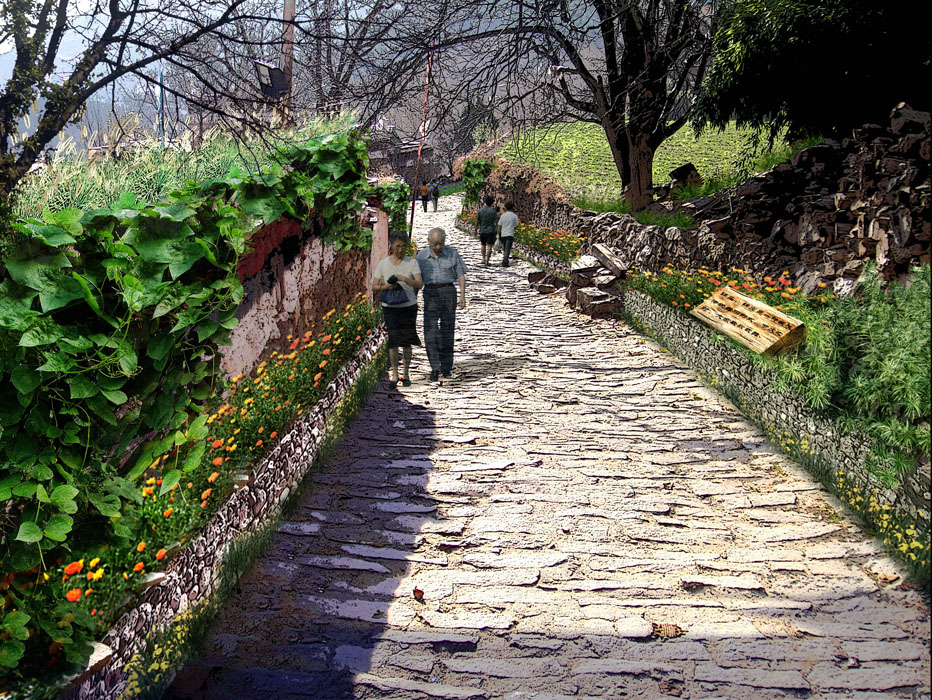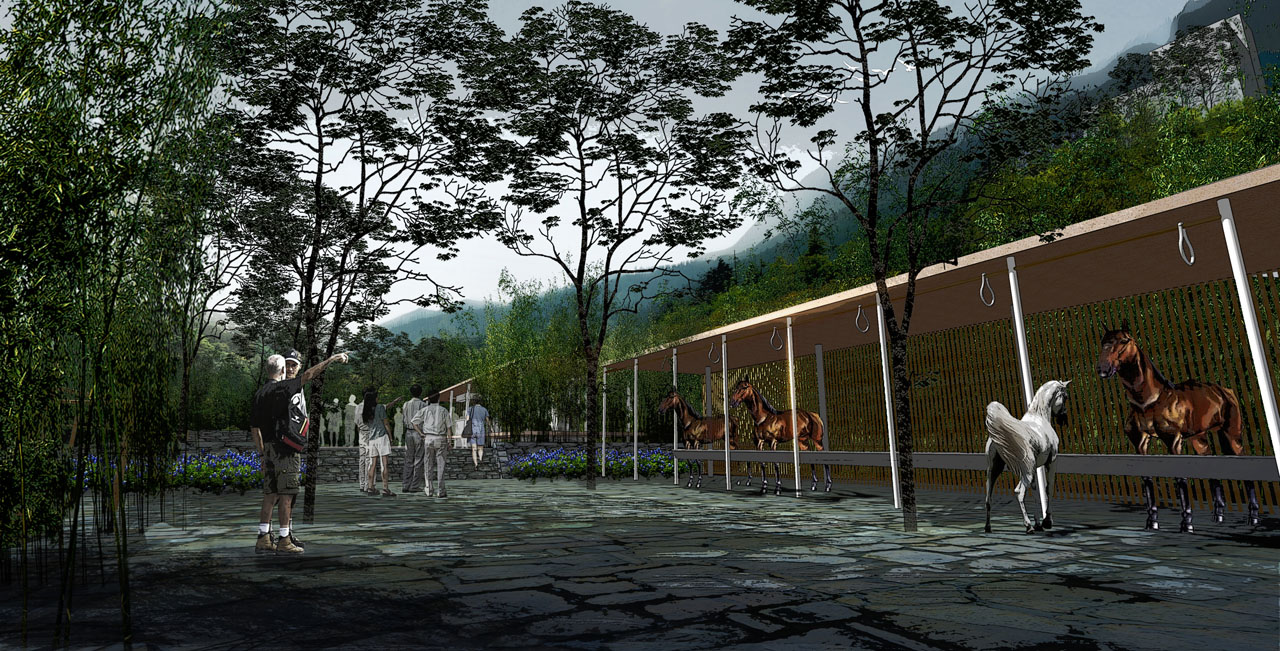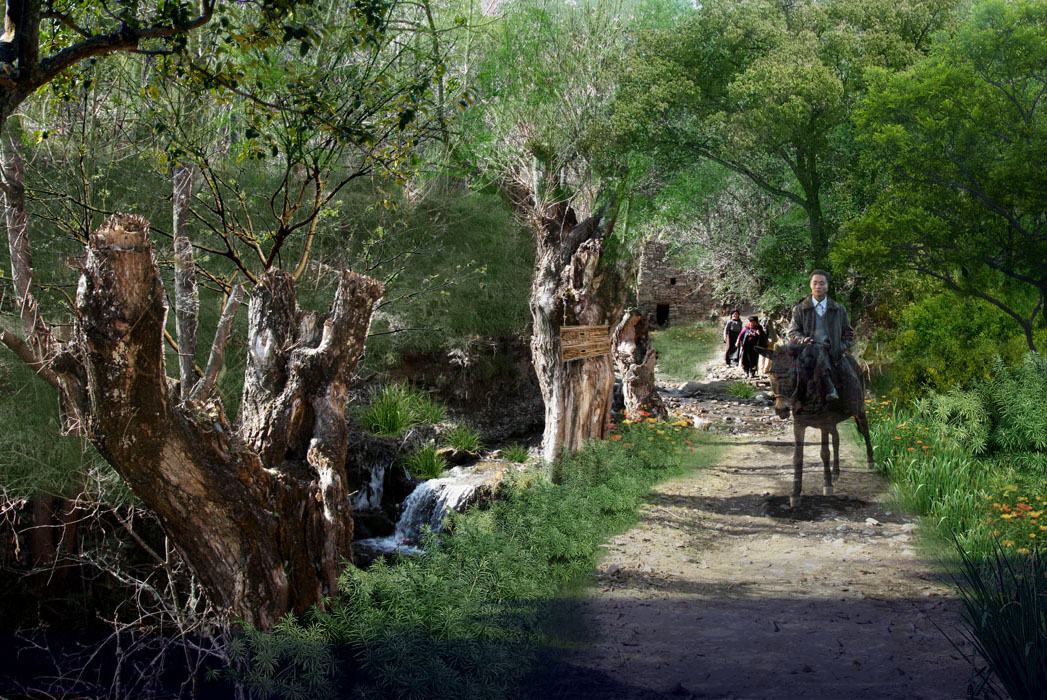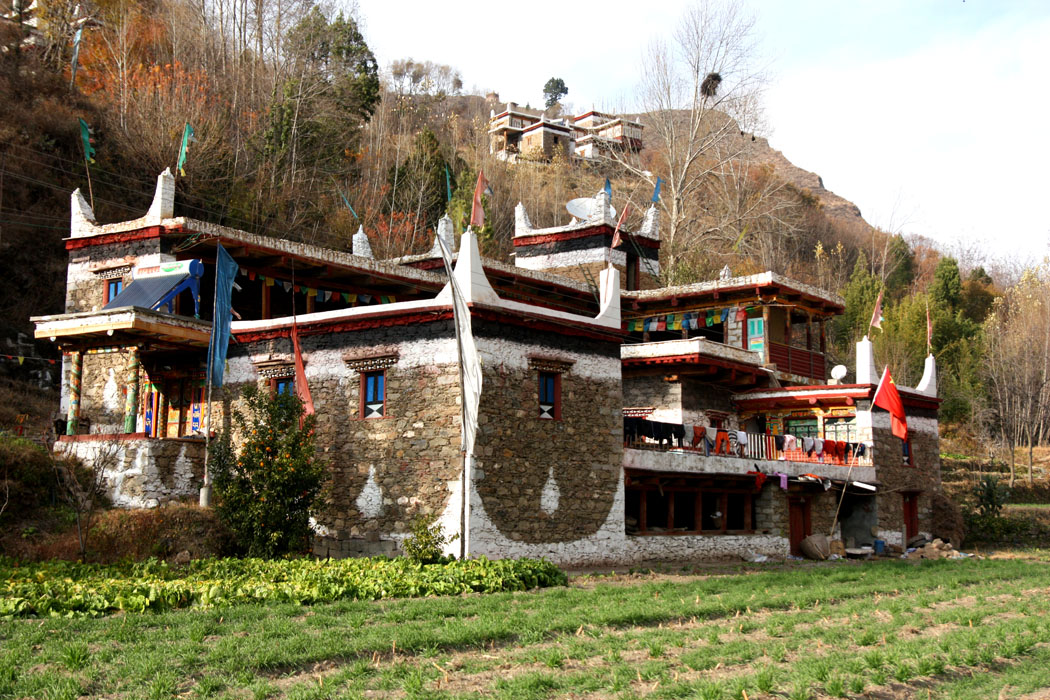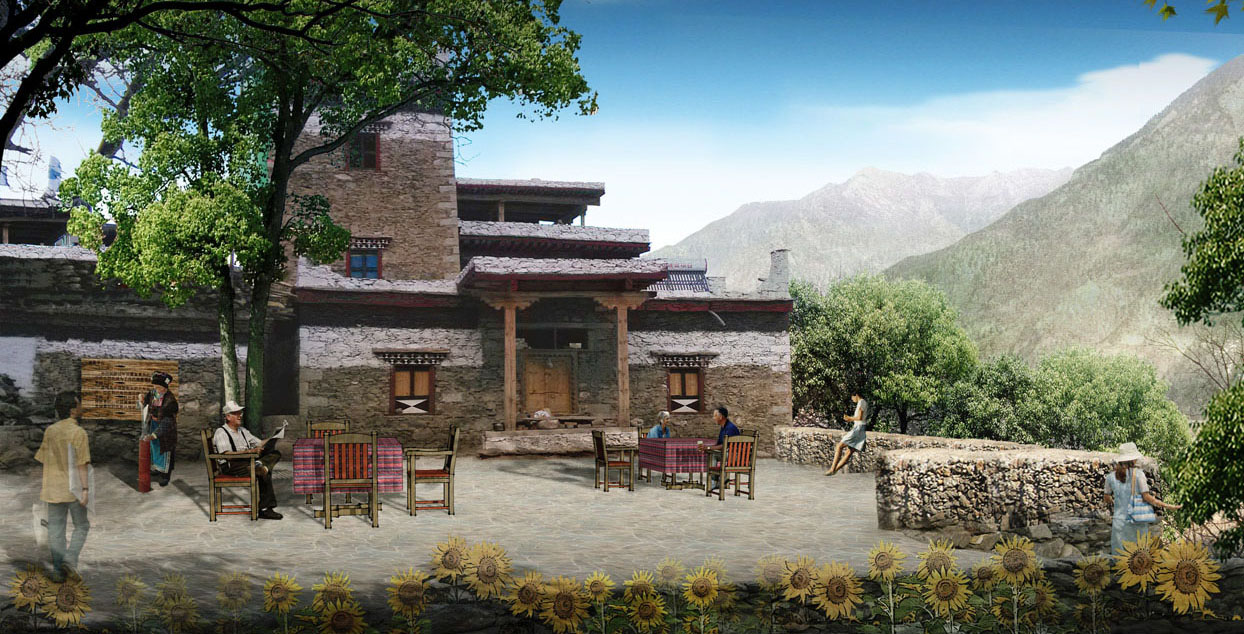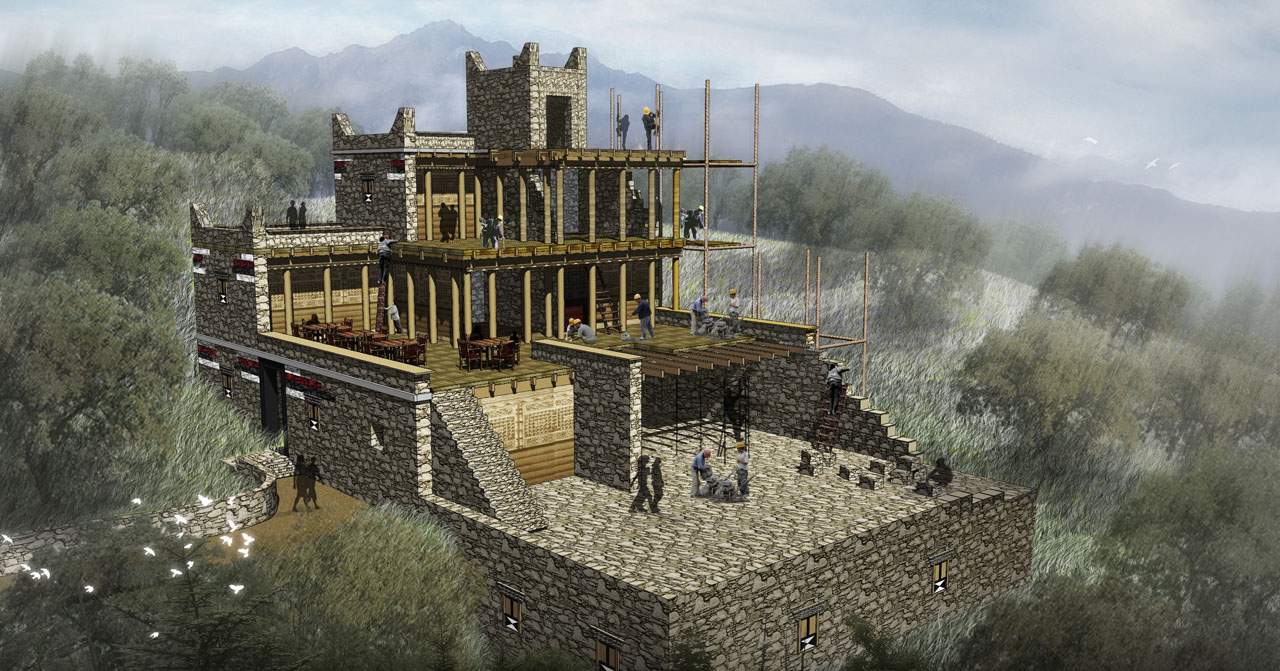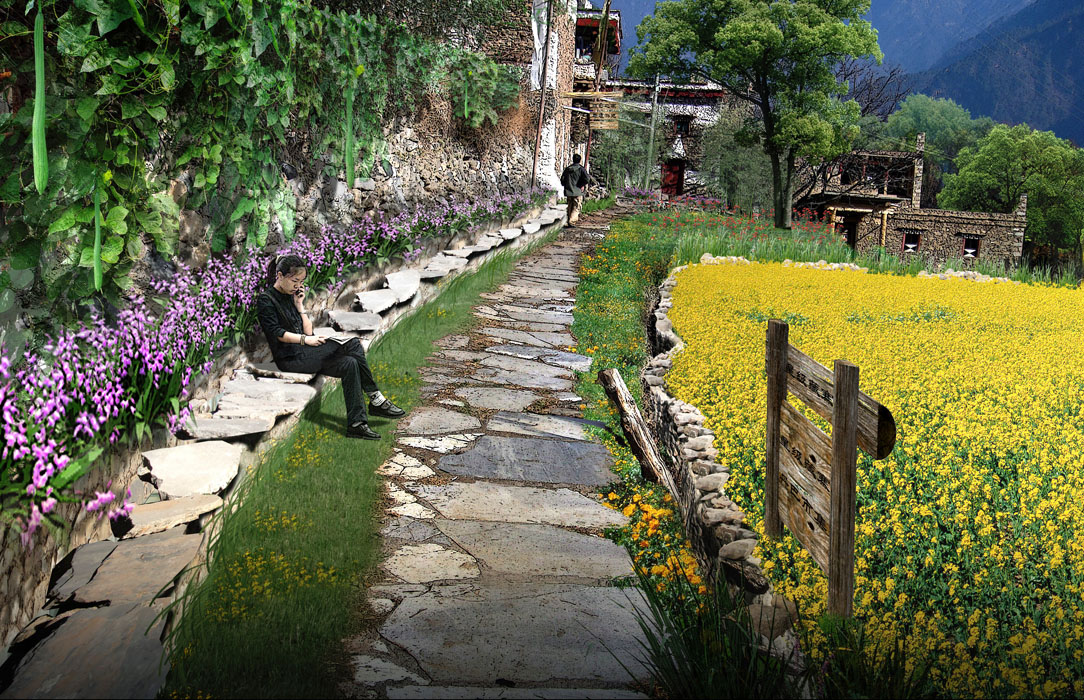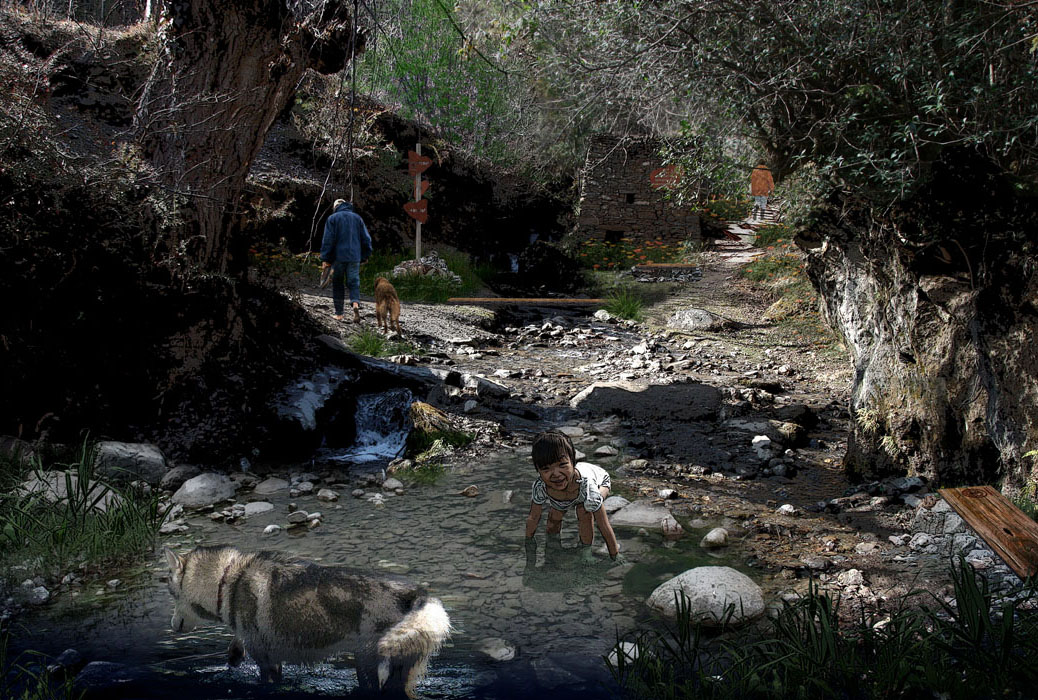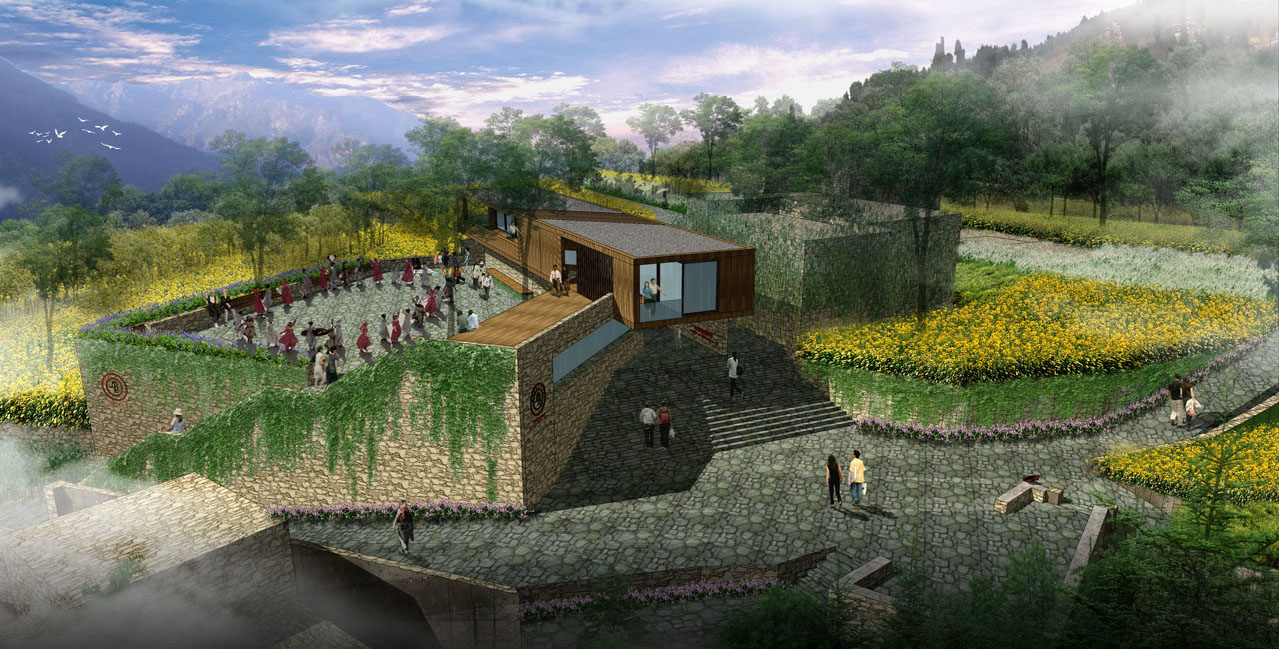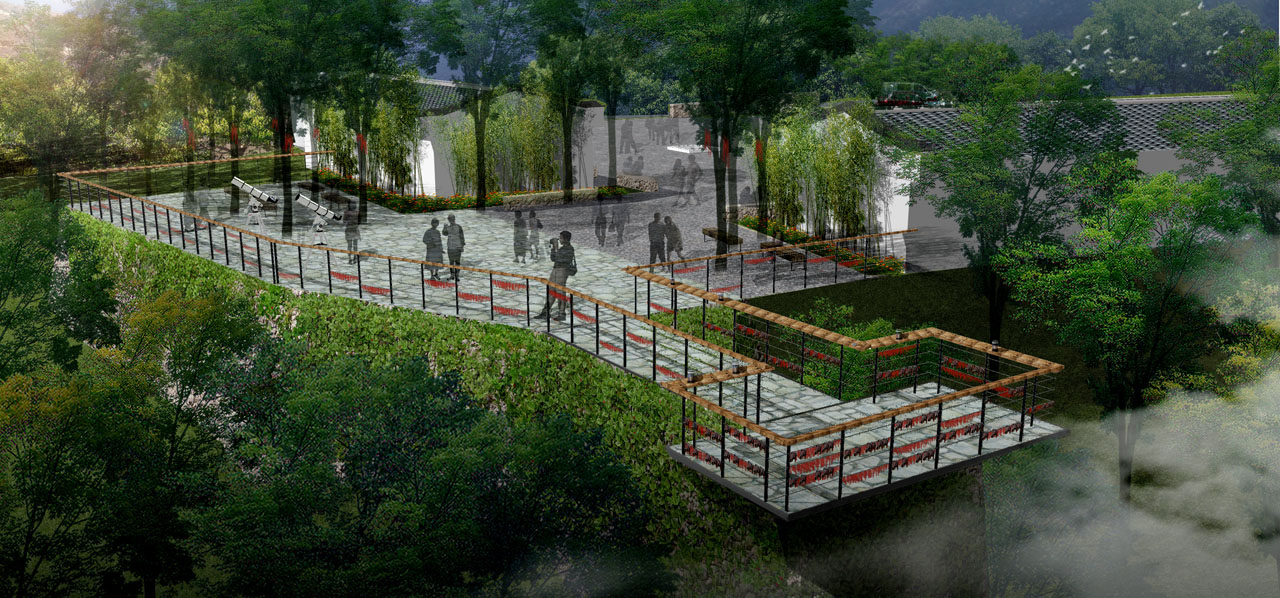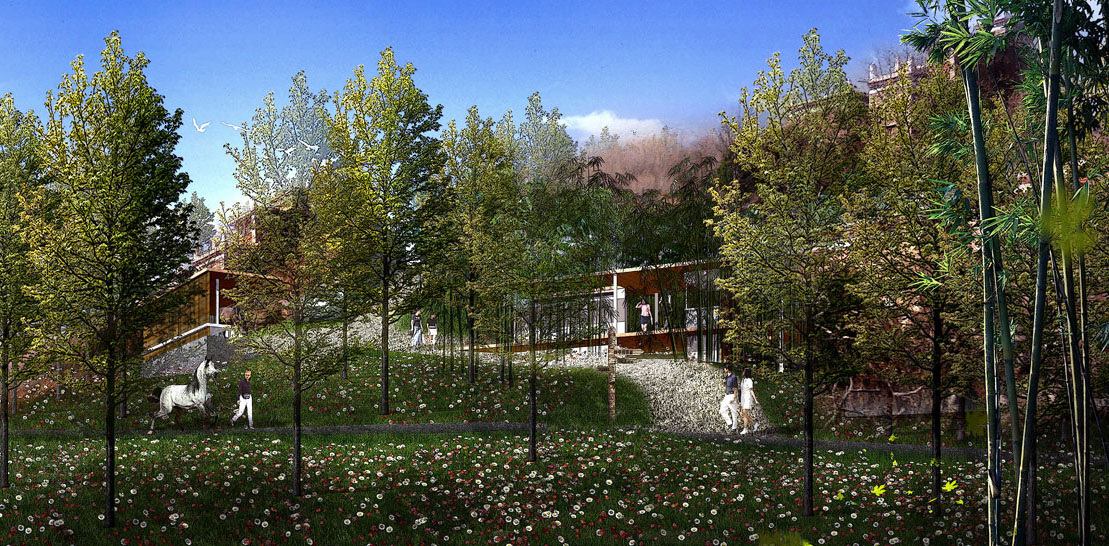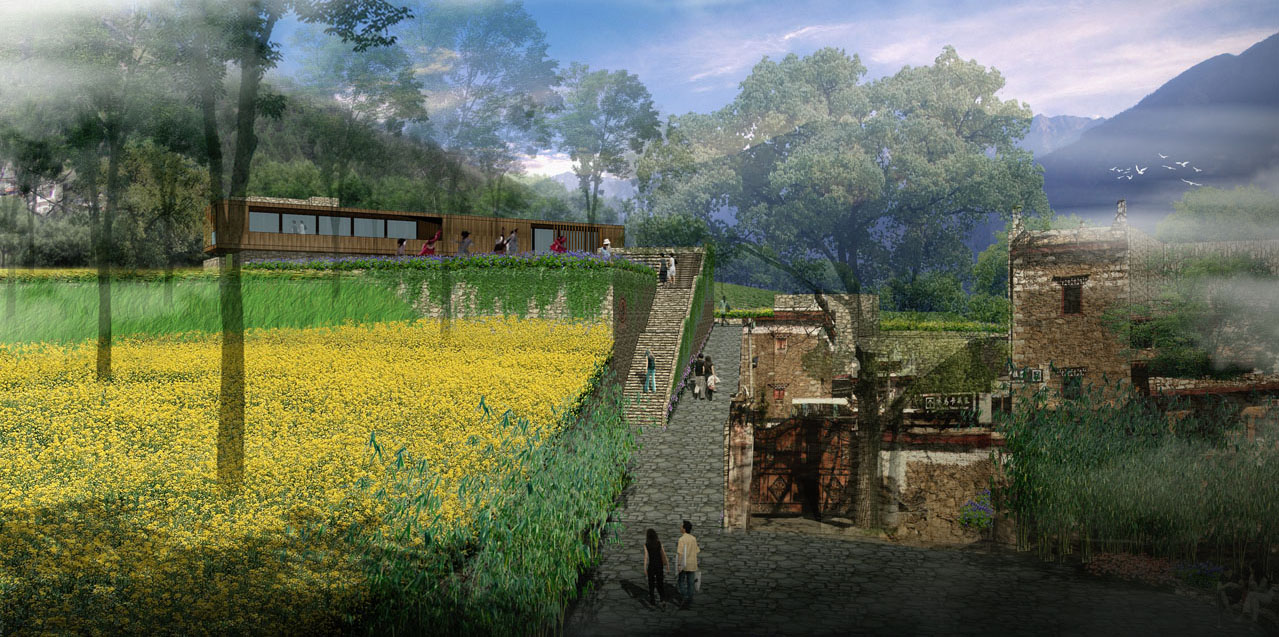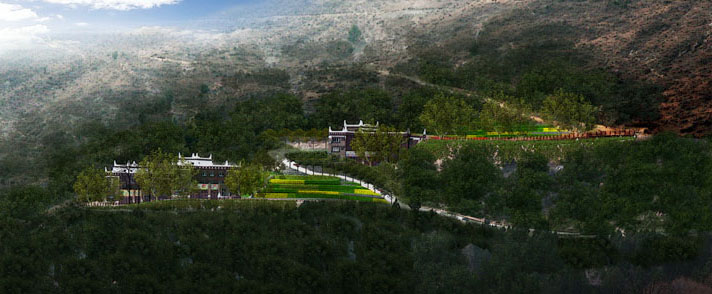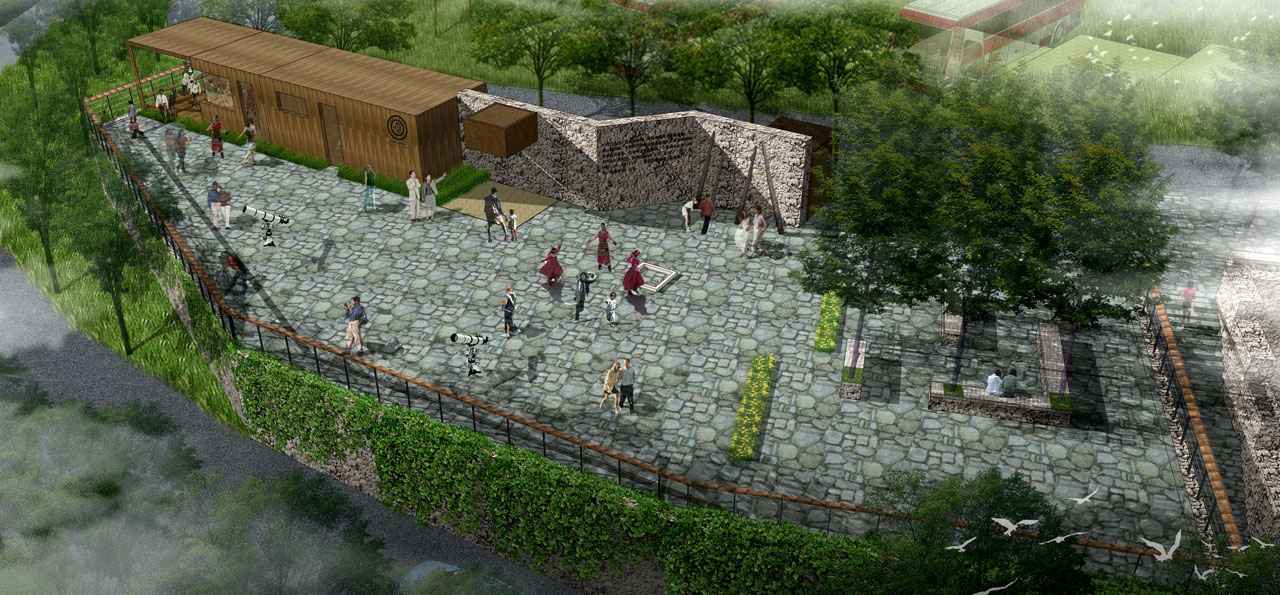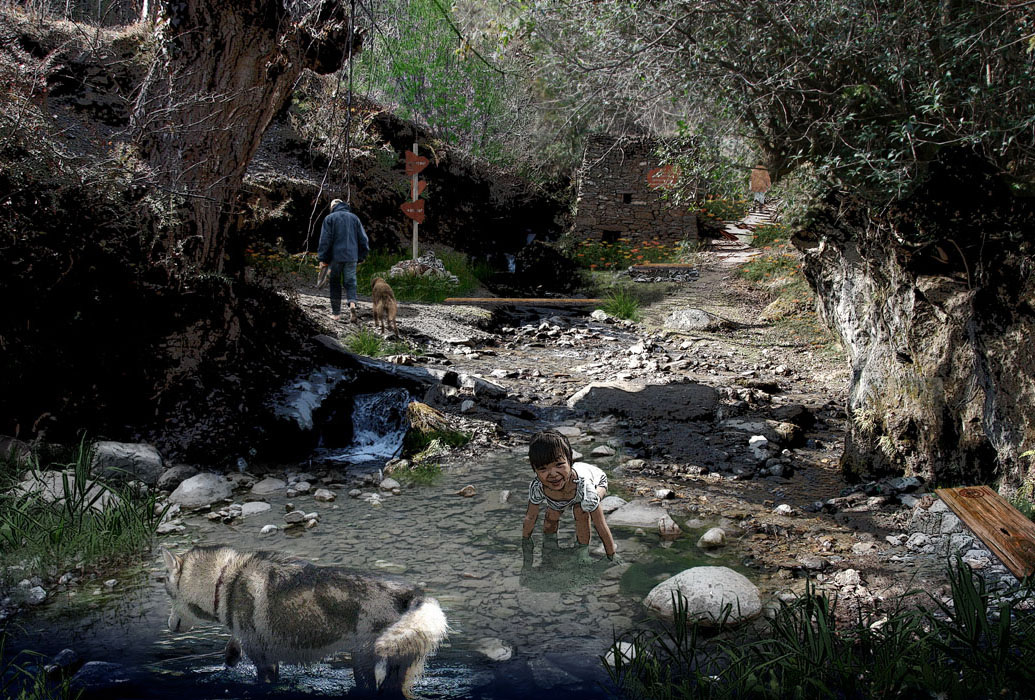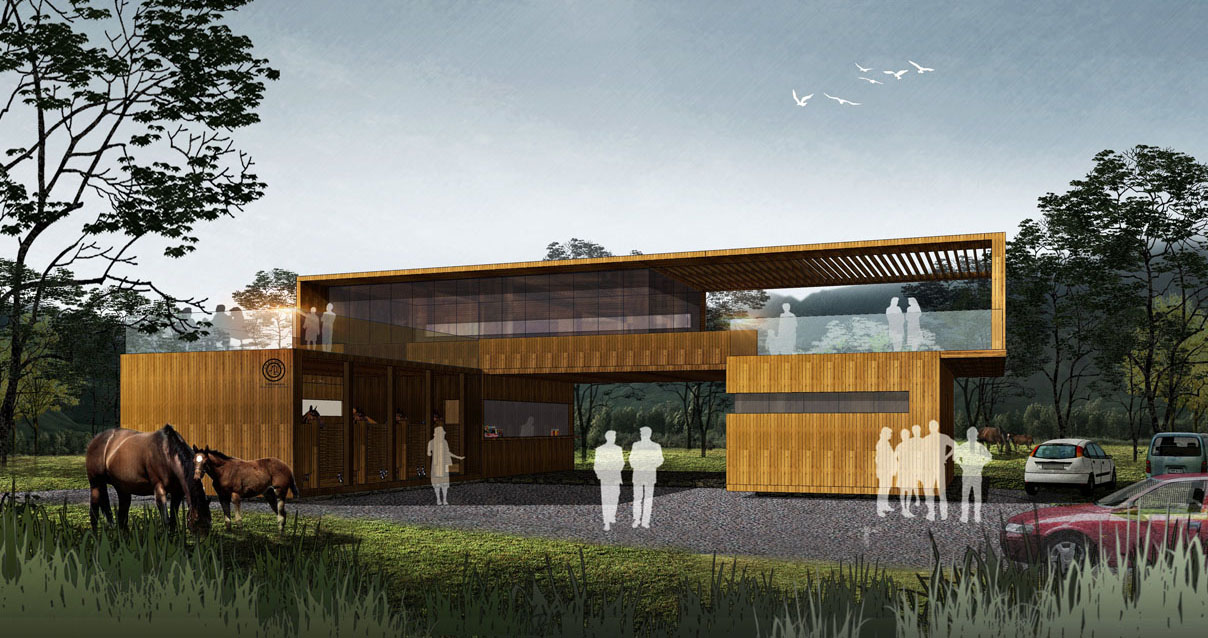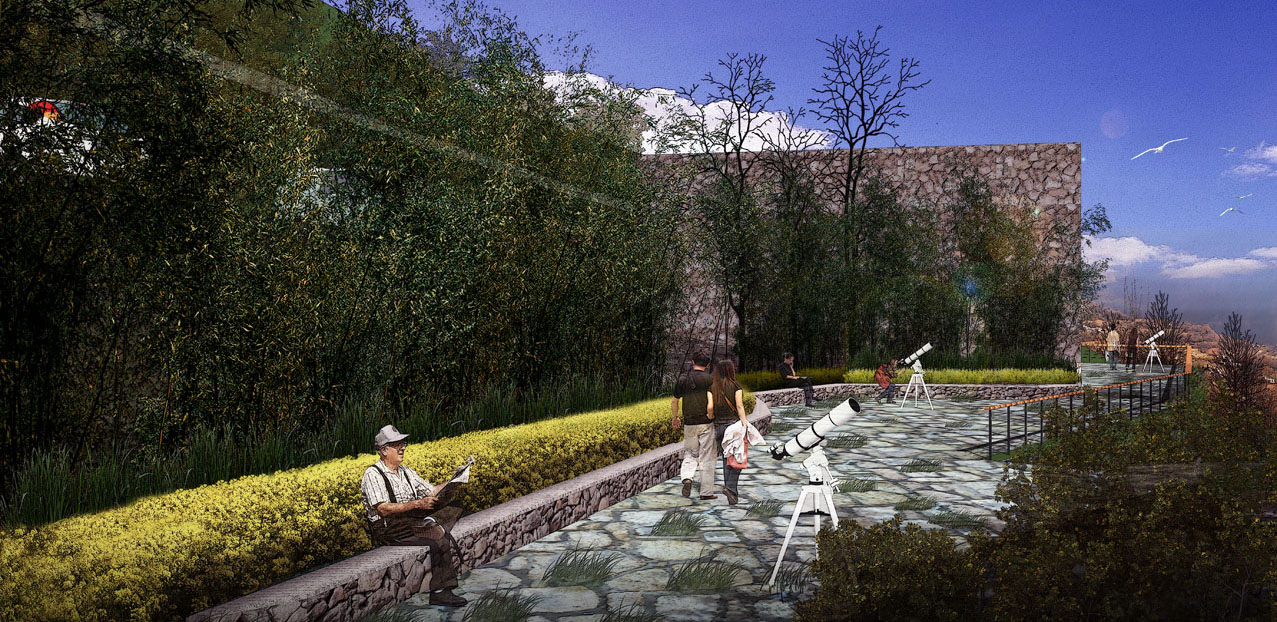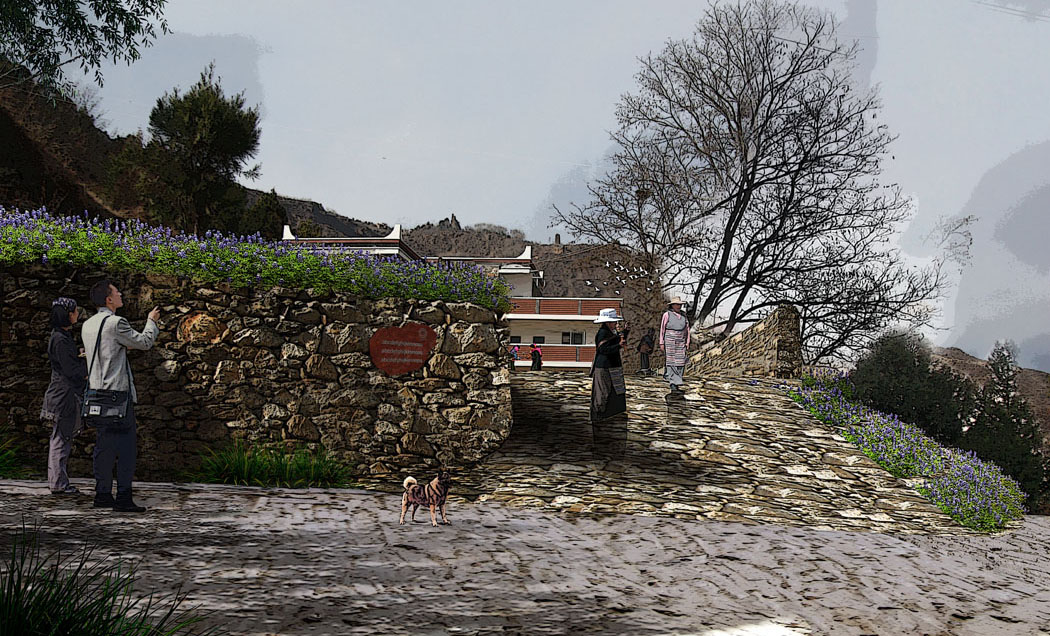Ganzi Jiaju Scenic Area Planning
Project Information
- Project Location:
- China Ganzi, Sichuan
- Project Scale:
- 1500 Hectares
- Design Time:
- December 2012
Project Profile
1. Project Statement
Danba County is located in the western part of Sichuan Province, eastern Garze Tibetan Autonomous Prefecture, and is a multi-ethnic county mainly inhabited by Tibetan and Han peoples. It is an important node and one of the main scenic spots on the Western Sichuan Tourist Loop. Jiaju Tibetan Village is the most densely distributed and representative cluster of Tibetan villages in Danba County. At the end of 2012, Danba Tibetan Diaolou Villages were included in the World Cultural Heritage tentative list.
The detailed design scope mainly includes 6 villages such as Jiaju and Kaka in Danba County, covering an area of approximately 5 square kilometers. In order to ensure the completeness of the planning system and practical needs, the research scope is expanded northward to 15 square kilometers, covering 12 administrative villages and 846 households of villagers.
2. Objective and Challenge
Positioning Jiaju Tibetan Village as a world-class cultural landscape, the goal is to find a balance between the protection of world cultural heritage and the development of world-class tourist attractions, as well as improving the living environment and quality of life of indigenous peoples.
Through on-site investigations and comparative studies of relevant domestic and international cases, we aim to develop design methods and development models that can address the current contradictions in Jiaju.
3. Design Strategy
(1) Establish a comprehensive cultural heritage protection system and propose construction control guidelines for Jiaju Scenic Area.
Guided by reverse planning and ecological infrastructure theory, priority is given to establishing protection guidelines for water systems, habitats, historical relics, and architectural environments within the scenic area, maintaining a balance between conservation and development, and constructing a comprehensive planning system for the protection of world cultural heritage.
(2) Introduce the concept of low-impact development to maintain the unique landscape and harmonious coexistence of humans and nature.
Emphasizing decentralized, small-scale source control in the planning of water system protection and municipal facilities, constructing decentralized sewage treatment systems, optimizing existing projects at lower costs and with less disruption, rather than relying on large-scale artificial engineering to alter natural conditions, thereby maintaining the unique landscape and harmonious coexistence of humans and nature.
(3) Activate and utilize intangible cultural heritage in a productive protection manner.
In terms of project and activity planning in the scenic area, we advocate for the productive protection of intangible cultural heritage, integrating scenic area projects and activities with local Danba intangible cultural heritages such as stone masonry skills and Guozhuang, showcasing the rich cultural heritage of the Danba region and ensuring its inheritance and continuity.
(4) Connect surrounding villages via horse trails to form an "economic circle on horseback" and promote the development of surrounding areas.
The introduction of tourism in the Danba region has made it possible for low-lying areas with relatively convenient transportation to develop rapidly, and high and semi-mountainous areas have large differences in wealth. Therefore, the plan uses horse trails to connect high and semi-mountainous villages and set up projects such as Guozhuang Square to develop tourism features in each village, providing equal development opportunities for tourism in surrounding villages.
(5) Combine experiential and exhibition-based interpretation to form a diversified interpretation system.
The diversified interpretation system includes signage systems integrated with nature, "Top Ten Actions of Jiaju Scenic Area" experiential projects, and the "Most Beautiful Villages in China · Jiaju" guidebook, comprehensively showcasing the unique lifestyle and culture of the Danba region to visitors.
4. Conclusion
This project has made positive attempts in the protection and development of world-class cultural landscapes: in terms of planning structure and overall layout, guided by reverse planning and ecological infrastructure theory, it ensures the ecological security of the scenic area and the continuation of productive landscapes; in terms of landscape and architectural design, the concept of low-impact development is introduced, optimizing existing projects at lower costs and with less disruption to maintain the original appearance and harmonious coexistence of humans and nature; in terms of project and activity planning in the scenic area, we advocate for the productive protection of intangible cultural heritage, integrating scenic area projects and activities with intangible cultural heritage, promoting the inheritance of traditional cultures in the Danba region; in terms of tourism development strategy, considering the welfare of indigenous peoples, multi-village linkage, and characteristic shaping, providing better entrepreneurial and employment opportunities for indigenous peoples, thereby driving the economic and social development of Danba.
